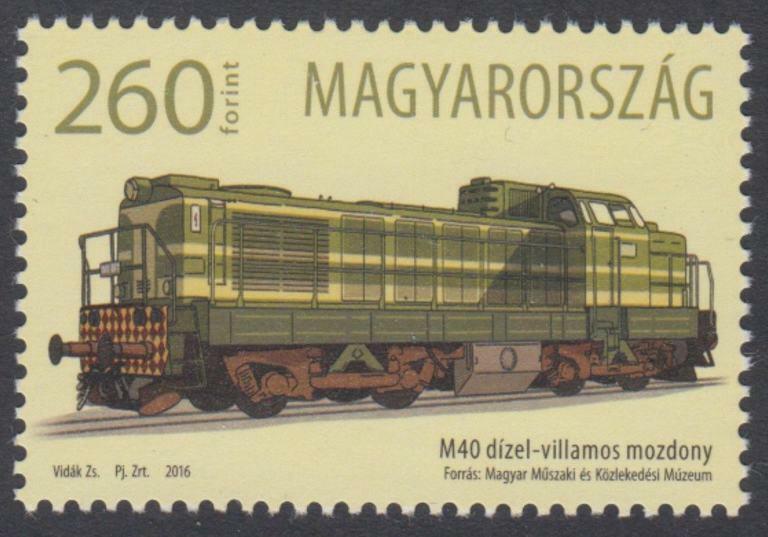-40%
US Transcontinental Railroad Locomotive Train stamp 1944 MNH
$ 2.63
- Description
- Size Guide
Description
Good stamp.The U.S.'s First
Transcontinental Railroad
was built between 1863 and 1869 to join the eastern and western halves of the United States. Begun just before the American Civil War, its construction was considered to be one of the greatest American technological feats of the 19th century. Known as the "Pacific Railroad" when it opened, this served as a vital link for trade, commerce, and travel and opened up vast regions of the North American heartland for settlement. Shipping and commerce could thrive away from navigable watercourses for the first time since the beginning of the nation. Much of this route, especially on the Sierra grade west of Reno, Nevada, is currently used by Amtrak's California Zephyr, although many parts have been rerouted. The transcontinental railroad provided fast, safe, and cheap travel. The fare for a one-week trip from Omaha to San Francisco on an emigrant sleeping car was about for an adult. It replaced most of the far slower and more hazardous stagecoach lines and wagon trains. The number of emigrants taking the Oregon and California Trails declined dramatically. The sale of the railroad land grant lands and the transport provided for timber and crops led to the rapid settling of the "Great American Desert". The Union Pacific recruited laborers from Army veterans and Irish immigrants, while most of the engineers were ex-Army men who had learned their trade keeping the trains running during the American Civil War. The Central Pacific Railroad faced a labor shortage in the more sparsely settled West. It recruited Cantonese laborers in China, who built the line over and through the Sierra Nevada mountains and then across Nevada to their meeting in northern Utah.









